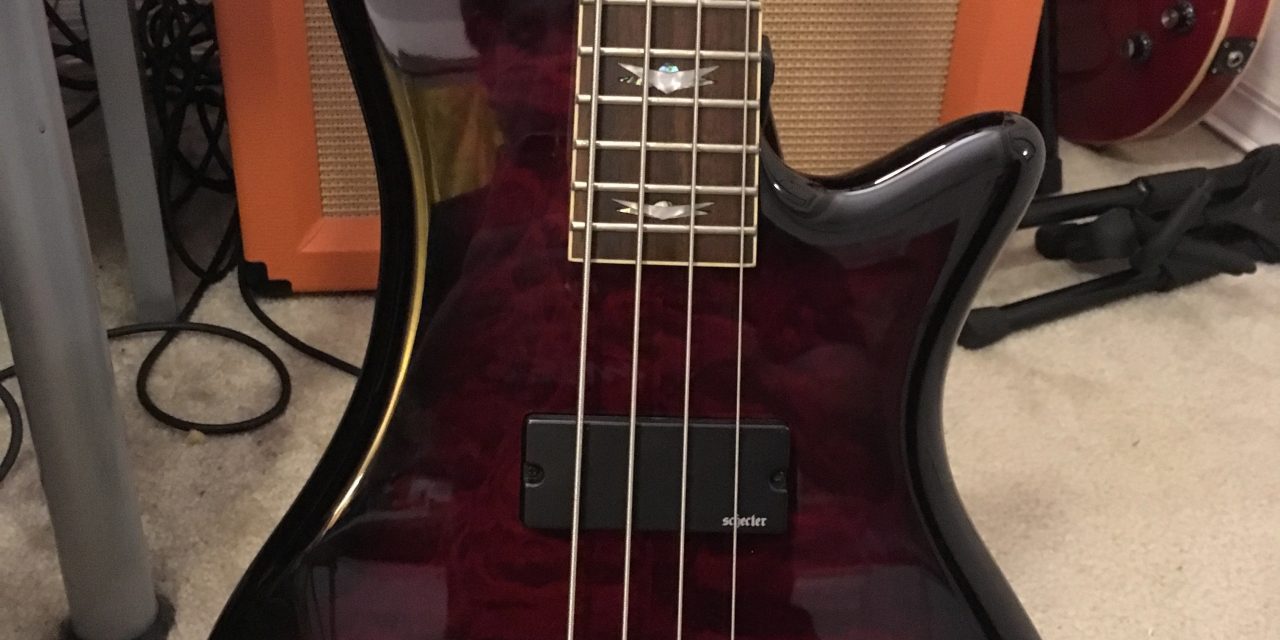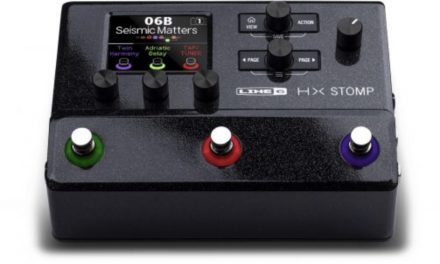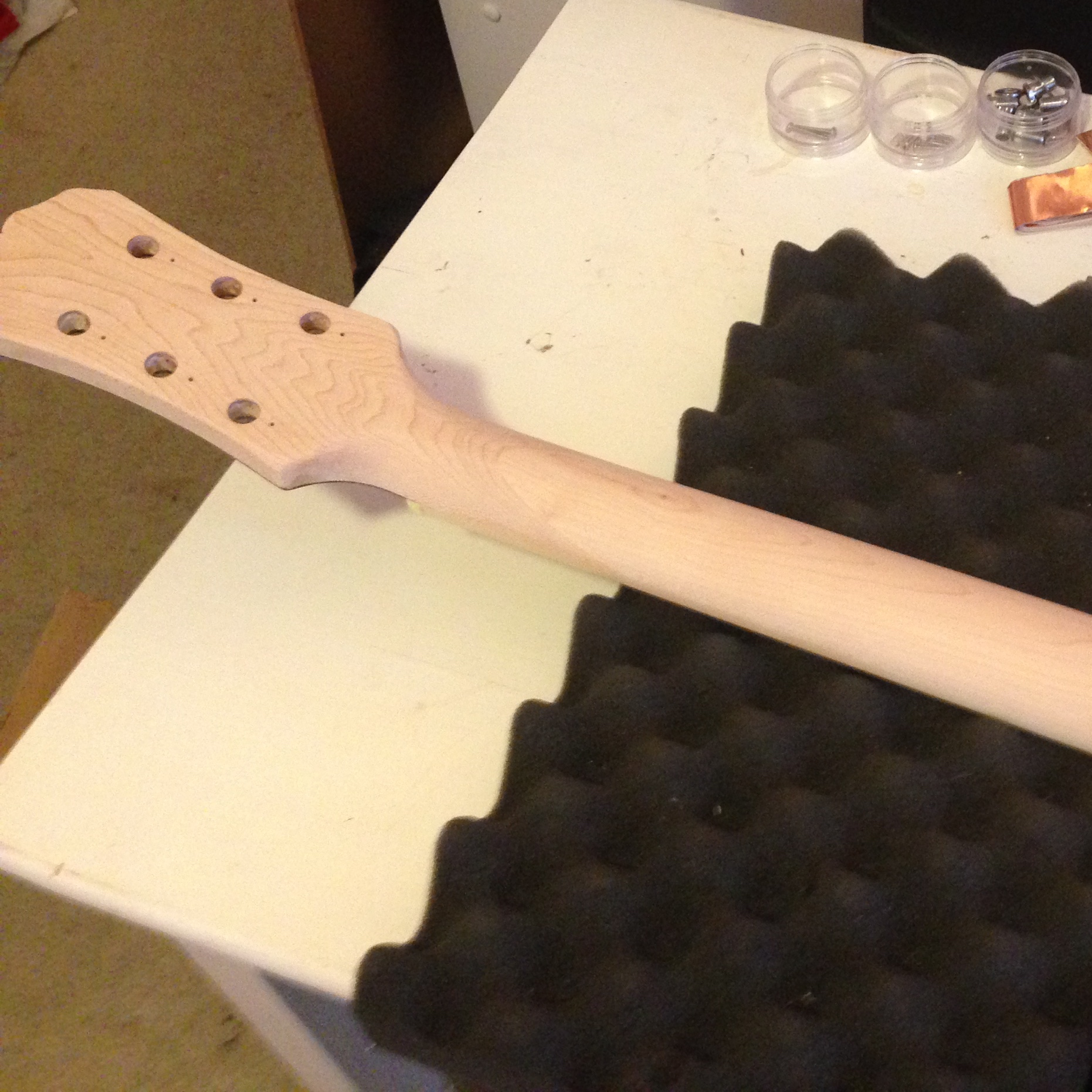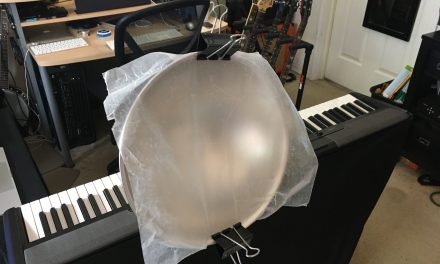I have had a mantra, since starting this website 5 years ago, that I will only spend up to $500 on an instrument. This has become more and more difficult as companies like Fender and Gibson have jacked up their prices year after year at a rate greater than inflation. But still I remain loyal to my mantra.
I’ve already lost a bunch of guitarists with that first paragraph. “This is boring,” they’ll think. “Too many words.” Yes.
I spent a long time looking at the new and used options for bass guitars. I’m hoping this account will prove useful to anyone looking for a great sub-$500 bass.
In guitar land, buying used makes a lot of sense. You can save up to 50% or more, there’s a huge local market, etc. For basses, not so much. You CAN save money by buying used, but in most places the selection of used basses is tiny. I went to the Orlando Guitar Convention to look at basses, but it was a guitar convention. With thousands of used guitars, the number of used basses was probably somewhere around 10. Nothing I wanted in my price range.
Music stores would seem to be the route. In addition, I asked all of my bass playing friends for their recommendations. And then I went shopping.
Active vs. Passive Pickups
A lot of basses have preamps built into them. They use active pickups. What this means is that the bass and treble controls move from the amp to the bass. Great for live gigs or easy adjustment, but not something I cared about. I’d take a bass with or without active pickups.
Scale
The standard bass scale is 34 inches, which is what the first electric bass used. That’s the Fender Precision Bass, for those who didn’t know. Leo Fender basically said that no one can hear the upright bass. He was right. Yes, it’s retro cool, but it’s a bad design in the sense that you can’t hear the damn thing. The Fender P-Bass became the first, the original, the most copied, the template, the model.
I played some shorter scale basses, and to me they sounded lacking – the real low end was missing. But they did play easier. Since I only record bass, I did give this some thought. But ultimately I wanted to play a “real” bass, not a bass designed for a child or… a guitarist. I had to go 34 inch scale.
P-Bass or Modern Bass
I’ve owned a Squier Affinity P-Bass for years. They sell for around $200 nowadays. It’s a good instrument for a beginner. It’s well made, it sounds good, it plays decently. And it’s based on the original. One of the basses I came across in my hunting was a used Fender MIM P-Bass. It played a little better than the Affinity, it sounded a little better, and it felt like the Affinity. Why wouldn’t it? Truth be told, it was the best sounding bass I found for under $500. I almost bought it.
What? You ask about the Jazz Bass? If I’d found one used, I might have snagged it. But find a used Fender MIM Jazz Bass locally for under $500. Good luck.
Ah, but if you really want a Jazz Bass, what about Squier? The Vintage Modified and Classic Vibe series by Squier are really great bang for the buck. Did I consider a Squier Vintage Modified Jazz Bass? Yes, I considered one. But here’s a confession: I had a Squier and I didn’t want to simply upgrade to a better Squier. I wanted an instrument that a pro would actually play – maybe as a backup bass. I wanted a step up. Some would argue that I’m a label snob. I’m not – I have Squier and Epiphone instruments. Squiers are fantastic for the money. I just wanted the next step up.
And now the thing. The P-Bass sounded best. But I didn’t buy it. I bought a Schecter Stiletto. It’s the Extreme 4, in the Diamond series. That means it’s a great bass made in a place with very cheap labor – in this case, Indonesia. Built there, shipped to the States, set up, and shipped to dealers.
Why did I get the Schecter if the P-Bass sounded better? Here’s why:
- Playability. Hands down, the Stiletto is easier to play. The neck feels faster, the jumbo frets make it easier, the bass isn’t as heavy.
- Looks. Side by side, the P-Bass looked like the past and the Stiletto looked like the future. The P-Bass is a big, bulky looking thing, with a design from the early 50’s. I don’t like the way it looks. Looks aren’t everything, but an instrument that is attractive will get picked up and played more.
- Flexibility. With two pickups instead of one, and an onboard pre-amp, the variety of tones you can get is pretty massive.
- Recording. In my own music, I don’t need a massive bass sound. I want to hear the high end of the bass more, and I usually EQ some of the big bottom off to make room for the kick drum.
- Inspiration. I’m inspired to pick up the Stiletto, because of a combination of everything above. It’s a modern bass, designed for modern players who push the envelope.
That’s it. I almost bought the P-Bass, because the one thing it does, it does better than any other bass. And that one thing is to have a huge low bottom end tone. But at the end of the day, you need to make the choice that’s best for your circumstances. Which I did.
The Schecter Stiletto deserves its own review, so I won’t get into that here. This is already almost a thousand words. Needless to say, I like it a lot. There are issues with it. It’s a sub-$500 bass, after all. But for the money, I thought it was the best combination of everything.
If I were in a live band, and I had to play bass, would I still choose this one? I don’t know. Depends on the style of music. I might have bought the P-Bass and added a Jazz Bass bridge pickup. I thought about doing that. But, again, I like the looks of the Stiletto. Still, it was a tough call. Maybe someday I’ll buy a P-Bass or a Jazz Bass anyway. Who says I can’t have two basses?





